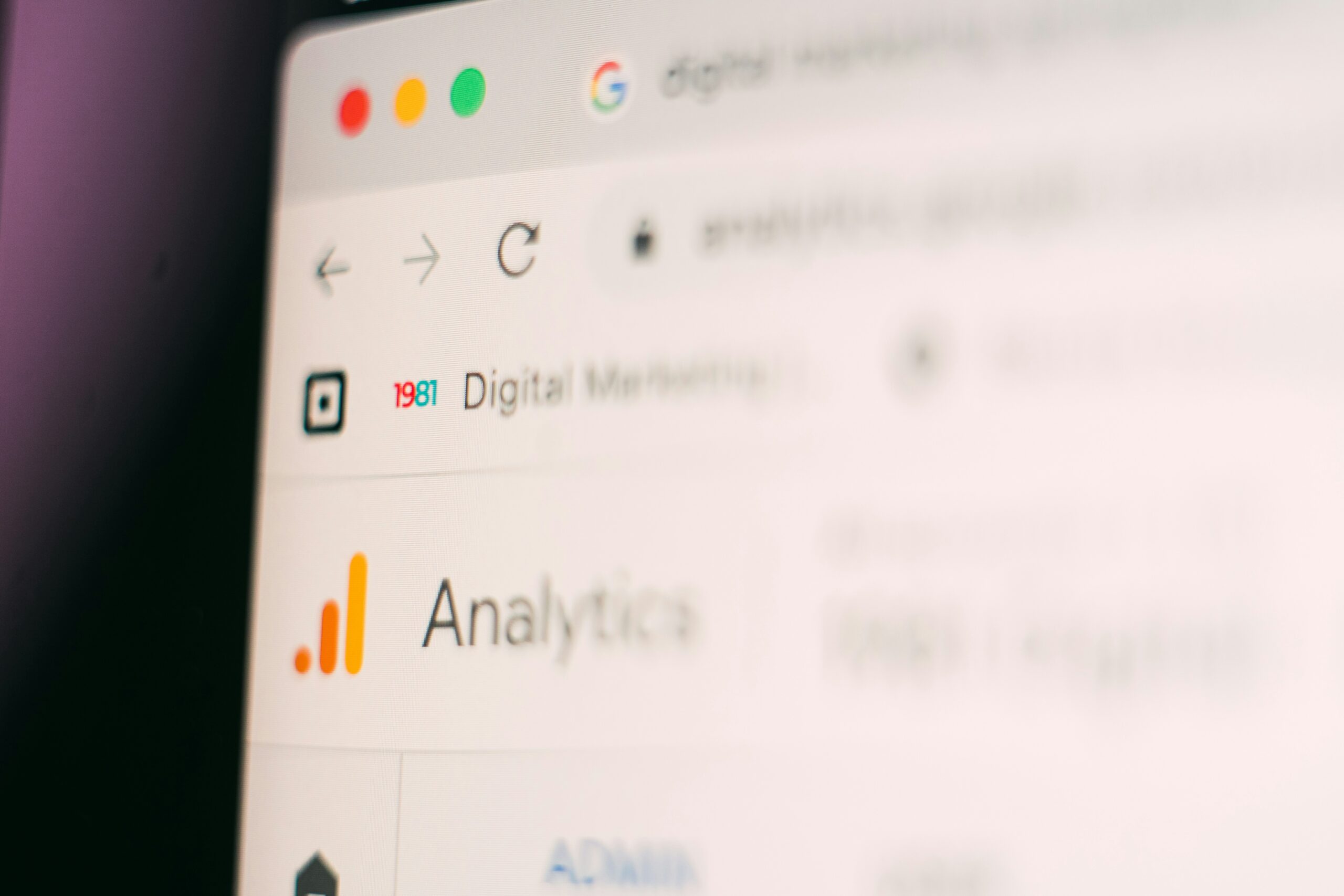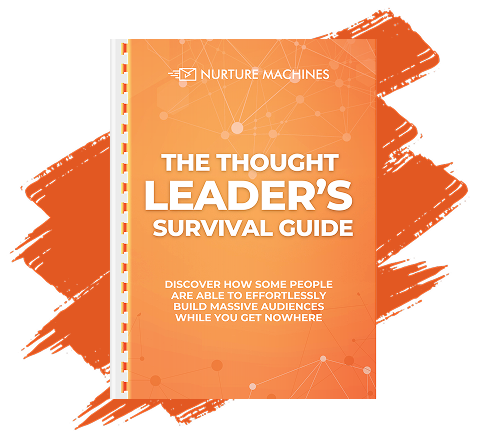Conversion Rate Optimization (CRO) tools are the backbone of any high-performing digital strategy. They help turn website visitors into paying customers by analyzing user behavior, testing design elements, and removing friction in the customer journey. Whether you’re running an e-commerce site or a SaaS platform, these tools offer data-driven insights that improve decision-making and boost sales. From A/B testing and heatmaps to personalized content and landing page refinements, CRO tools empower businesses to optimize every interaction for maximum impact.
Key Takeaways
- Conversion Rate Optimization (CRO) tools increase sales by analyzing user behavior and testing website elements.
- A/B testing, user behavior analytics, personalization engines, and landing page optimization tools remove friction and boost engagement.
- Successful CRO strategies rely on data-driven insights like heatmaps, session recordings, and funnel analysis.
- Tracking KPIs ensures CRO efforts deliver a high return on investment.
Which A/B Testing Tools Deliver the Best Results for Boosting Sales?

A/B testing plays a central role in conversion strategies by showing how changes affect performance. The most effective tools offer simple experiment setups, robust analytics dashboards, and smooth integration with existing platforms. Businesses can test website design elements, navigation styles, or promotional messaging. These tools provide insight into what actually drives user behavior, helping marketers make informed adjustments. Platforms with real-time results make iteration faster and more efficient. This ensures that every version tested brings measurable insights. Overall, the best tools support ongoing refinement. This continuous improvement cycle leads to stronger engagement and more sales.
How Does A/B Testing Software Work to Optimize Conversions?
A/B testing software works by evenly splitting website visitors between two versions of a page. Each version is tracked for performance using metrics like bounce rate, click-through rate, and total conversions. These insights help decide which version yields better results. When a variation clearly outperforms the original, businesses apply that winning version across their site. The process ensures data-backed decisions rather than assumptions. Testing software helps minimize user drop-off and increase key engagement. This testing loop encourages continual website optimization. Over time, this drives sustainable growth and customer satisfaction.
What Are the Best Practices for Running A/B Tests?
The success of A/B testing hinges on clear planning and execution. Start by defining a single variable to test, such as a headline or button color. Focus on one element at a time to isolate the outcome. Establish clear goals and select relevant KPIs to measure success. Allow the test to run long enough to gather reliable data. Prioritize experiments based on impact on user journey or business objectives. Document each test and its result to build future testing strategies. Avoid testing during major external disruptions to ensure data clarity. Stick to consistent testing processes for more reliable results.
How Can A/B Testing Be Tailored for E-Commerce Platforms Like Shopify?
Shopify and similar platforms benefit from A/B testing on critical user touchpoints. These include product descriptions, pricing layouts, promotional banners, and call-to-action placements. Testing variations on product images or button styles can increase clicks and purchases. Integrating the tests with store analytics allows for live performance monitoring. This helps quickly identify winning versions that can be applied storewide. Checkout flow optimizations—like adjusting form fields—also improve user experience. Even small changes, when tested, can reduce abandonment rates. Continuous testing leads to smoother shopping experiences and better conversion metrics.
How Can User Behavior Analytics Tools Reveal Conversion Opportunities?

User behavior tools show how visitors engage with a site, uncovering both strong and weak points. Features like heatmaps reveal which areas draw attention and which are ignored. Scroll tracking shows if key content is missed. Session recordings illustrate user journeys and highlight points of friction. Funnel analysis reveals where visitors drop off before converting. This data helps prioritize areas for improvement. With better visibility into behavior, marketers can take direct action. Fixing these friction points often leads to higher engagement and better conversion rates. Ultimately, these insights guide smarter design and content choices.
What Are Heatmaps and How Do They Improve User Experience?
Heatmaps are visual tools that track user clicks, movement, and scroll behavior across a webpage. They use color gradients to show which areas get the most attention. Marketers use this data to reposition buttons, refine page layouts, or highlight important information. Areas with little interaction might need clearer messaging or better design. Heatmaps also show if users are reaching key sections like CTAs or forms. Adjusting placement based on this insight increases visibility and usability. These improvements make the experience smoother. A clearer user path means fewer drop-offs and more conversions.
How Do Session Recordings Help Identify Conversion Bottlenecks?
Session recordings allow businesses to watch real user interactions in real time. These videos show where users hesitate, get confused, or abandon their journey. For example, users might struggle to find a navigation item or get stuck on a checkout form. Identifying these pain points makes it easier to correct them. Changes can include simplifying content, clarifying instructions, or repositioning CTAs. By seeing what users experience, businesses make more informed decisions. This approach replaces guesswork with visual evidence. The result is a more intuitive experience that supports higher engagement and conversions.
What Is Funnel Analysis and How Does It Boost Sales?
Funnel analysis breaks down the full path users take from entry to conversion. It helps identify where and when users drop out of the process. Businesses can then fix these problem areas to keep more users moving forward. For example, if a lot of visitors abandon during checkout, simplifying payment steps might help. Funnel data also helps fine-tune campaigns and site structure. These improvements make the journey more logical and efficient. Clear, actionable steps reduce user frustration. Optimizing each step builds momentum and improves overall conversion rates.
How Do Personalization Engines Enhance Conversion Rates and Sales?

Personalization engines create custom experiences for each user based on their preferences and behavior. These platforms adjust website content in real time to display relevant products or offers. This relevance increases engagement and encourages users to take action. Returning visitors are more likely to convert when content aligns with their past activity. Dynamic elements like product recommendations or location-based offers increase time spent on site. Personalization also reduces friction during checkout. With more targeted experiences, businesses build trust and boost customer loyalty. These tools support stronger relationships and steady sales growth.
What Is a Personalization Engine and How Does It Work?
A personalization engine uses data to tailor web content to each individual visitor. It pulls information like browsing behavior, previous actions, and location to customize messages and visuals. These adjustments can include swapping images, recommending products, or highlighting tailored CTAs. Real-time processing ensures users always see the most relevant version. This keeps them engaged and more likely to act. Behind the scenes, algorithms continually learn from user behavior to improve results. With every interaction, the engine becomes smarter. Over time, this leads to better targeting, increased retention, and more conversions.
How Can Personalization Be Applied to E-Commerce and SaaS Businesses?
E-commerce sites use personalization to recommend products, offer bundle suggestions, and adjust pricing visuals. This makes the shopping experience faster and more enjoyable for customers. In SaaS, it customizes dashboards, tooltips, or content based on a user’s role or stage in the funnel. Personalized onboarding helps users understand features that matter most to them. This improves adoption and reduces churn. Both industries benefit from using behavioral triggers to deliver timely nudges. These might include abandoned cart messages or upsell alerts. Tailored experiences consistently produce higher engagement and better business results.
What Are Best Practices for Implementing Personalization?
To implement personalization effectively, start with clear audience segments. Use reliable data to inform changes and define success metrics. Personalize only where it adds value—excessive customization can confuse users. Always A/B test new versions against the original to measure performance. Maintain a feedback loop to continuously improve targeting and outcomes. Prioritize transparency and data privacy, especially for returning users. Integrate personalization across channels for consistency. With the right strategy, personalization becomes a growth driver that increases engagement, conversions, and customer satisfaction.
What Landing Page Optimization Tools Drive Higher Conversion Rates?

Landing page optimization tools test and refine every element of a page. They focus on layouts, form placement, visuals, and CTAs to increase engagement. Tools often include drag-and-drop builders and heatmap tracking. These features help identify which designs perform best. Analytics dashboards reveal how changes impact user behavior. The ability to launch rapid tests shortens improvement cycles. Over time, marketers build high-performing templates based on real data. Optimized landing pages capture attention faster and reduce drop-off. These tools create smoother journeys that encourage conversions.
How Does Landing Page Headline and Call-to-Action Optimization Improve Sales?
Clear and persuasive headlines guide users instantly. CTAs prompt them to take specific action, like signing up, purchasing, or requesting a demo. Testing different texts, colors, and placements uncovers what resonates most. Strategic CTA positioning ensures they’re visible at decision-making moments. Headlines that speak directly to user needs increase engagement. Together, optimized CTAs and headlines improve navigation and reduce friction. Strong messaging builds trust and keeps attention focused. The result is a more intuitive page that naturally guides users toward conversion.
What Tools Support Effective Landing Page Testing?
Landing page testing platforms provide A/B and multivariate testing features to analyze design variations. They enable users to quickly test changes in headlines, images, CTAs, and layouts. Visual editors help non-developers launch experiments with ease. These platforms offer in-depth analytics, highlighting which elements perform best across segments. Integration with analytics and CRM systems improves data flow and tracking. Real-time performance monitoring speeds up decision-making. Tools that support mobile-specific previews improve user experience across devices. Continuous testing ensures landing pages evolve with user behavior.
How Can Landing Page Optimization Be Integrated With CRO Strategies?
Landing page optimization should work in harmony with other conversion tactics. Integrating funnel analysis, A/B testing, and behavioral tools creates a unified approach. This synergy allows teams to identify where traffic drops off and test targeted fixes. CRO strategies benefit when insights from landing pages inform broader site updates. For example, a successful CTA variation can be rolled out across multiple pages. Alignment across tools reduces guesswork and increases testing efficiency. This integrated approach supports faster, data-driven improvements. Together, these strategies improve the entire user journey from start to finish.
What Are Examples of Successful Landing Page Optimization?
Some companies achieve strong gains by adjusting simple elements like headlines or imagery. Others find success with improved form layouts or adding trust signals like guarantees. Adjusting CTA color and placement has also increased engagement. Clear, action-focused messaging often outperforms generic statements. Real-time personalization on landing pages boosts relevance and interaction. Mobile-optimized designs lead to higher completion rates. Each successful change is backed by testing and analytics. The common theme across success stories is constant iteration and user focus.
What Are the Best CRO Strategies for E-Commerce and SaaS Businesses?

E-commerce platforms focus on product pages, cart flows, and checkout optimization. CRO strategies here include product image testing, trust badges, and limited-time offers. SaaS platforms focus on trial conversion, user onboarding, and feature discovery. Effective strategies involve simplifying forms, streamlining flows, and tailoring dashboards. Both sectors benefit from behavior analysis and personalization. Testing headlines and CTAs is a shared priority. Aligning strategies with user goals ensures higher conversion rates. A unified framework ensures tactics are targeted and data-backed.
How Does CRO Differ Between E-Commerce and SaaS Platforms?
E-commerce CRO addresses the transactional nature of buying decisions. It prioritizes speed, visual appeal, and ease of checkout. Tactics include optimizing product descriptions and refining mobile layout. SaaS CRO centers on longer user journeys involving sign-ups and subscriptions. Strategies focus on removing friction in trials and enhancing onboarding. E-commerce often measures cart value and purchase frequency. SaaS tracks feature adoption and subscription upgrades. Each requires distinct messaging and design logic. CRO success depends on adapting techniques to the platform’s goals.
What CRO Tools Are Recommended for Shopify, WooCommerce, and Amazon Sellers?
Shopify, WooCommerce, and Amazon sellers benefit from CRO tools tailored to product-based experiences. Testing tools evaluate product page layouts and promotional elements. Behavior analytics platforms provide scroll depth, heatmaps, and click tracking. Optimization tools focus on reducing friction during checkout. Real-time reporting helps monitor key sales metrics like average order value. Integrations with email or push systems enable targeted follow-ups. Mobile-friendly builders support faster landing page updates. These platforms support continuous growth through iterative design changes.
How Can CRO Improve SaaS Trial Sign-Ups and Onboarding?
SaaS CRO targets areas like signup simplicity, feature visibility, and clear onboarding paths. Streamlined forms and intuitive flows reduce friction during sign-up. Visual tutorials or tooltips help guide new users through dashboards. Personalization during onboarding increases relevance and speeds up activation. Micro-conversions—like first login or initial setup—are tracked to assess drop-off points. Testing onboarding emails or help prompts can improve retention. Reducing user effort improves conversion from trial to paid plans. Focused improvements here boost lifetime value.
What Are Proven CRO Best Practices for Mobile Optimization and UX Design?
Mobile CRO emphasizes fast load times, responsive layouts, and simplified navigation. Clear messaging tailored for smaller screens increases readability. Touch-friendly design ensures buttons and forms are easy to use. Mobile-specific A/B tests refine image sizes, text formatting, and content order. Tools that preview multiple devices help ensure design consistency. Minimizing pop-ups and distractions reduces abandonment. Fast checkout flows increase mobile transactions. Prioritizing mobile UX leads to stronger engagement and conversion rates.
Frequently Asked Questions
What is the primary purpose of CRO tools?
CRO tools are designed to improve website performance by identifying where users engage, drop off, or convert. They analyze user behavior and optimize key touchpoints—such as CTAs, navigation paths, and content layout—to drive more sales and higher engagement across digital experiences.
How frequently should a business perform A/B testing?
A/B testing should be conducted regularly, with each test running long enough to reach statistical significance, typically a few weeks. This ongoing approach allows businesses to continually refine campaigns, landing pages, or workflows based on user behavior and performance metrics.
Can personalization engines really boost conversion rates?
Yes, personalization engines significantly enhance conversion rates by tailoring content, messaging, and offers to individual users. Nurture Machine supports this through AI-powered personalization that adapts to customer behavior in real time across email, SMS, and web channels, leading to more relevant experiences and stronger engagement.
Which KPI is most critical for measuring CRO success
Conversion rate is the most vital KPI, as it directly measures how effectively a site or campaign turns visitors into leads or customers. Additional KPIs—like bounce rate, time on page, or customer lifetime value—can further inform where to refine your CRO strategy.
Are CRO tools beneficial for both mobile and desktop websites?
Absolutely. CRO tools that support mobile optimization—such as responsive design testing, behavior analytics, and mobile-specific personalization—are essential. Since Nurture Machine enables tracking and automation across all devices and channels, it helps ensure consistency and conversion success on both mobile and desktop.
Conclusion
CRO tools are essential for businesses aiming to boost sales and customer engagement. By using A/B testing, user behavior analytics, personalization, and landing page optimization, companies can identify and fix bottlenecks in the user journey. The practices and case studies presented highlight that small, data-driven tweaks result in measurable improvements. Marketers should continuously review KPIs and adapt to trends to maintain a competitive edge.







